Cyber Monday Offer is Here! Subscribe by December 5 to Get 3 Months Free!
Learn More
Table of Contents

Experience Better Practice Management Today!
Starting at $28.05/month
No Credit Card Required

Experience Better Practice Management Today!
Starting at $30/month
No Credit Card Required
As a massage therapist, if your potential local clients can’t find you online, they’ll find someone else. That’s where local SEO comes in. With 46% of all Google searches being local, optimizing your practice for local search is crucial.
This blog will walk you through simple, proven strategies to make sure your practice gets found.
By the end, you’ll know how to:
Master these massage therapy SEO strategies, and you’ll spend less time worrying about competition and more time welcoming new clients. So, let’s begin.
Local SEO is about optimizing your online presence to make your massage therapy business more visible in local search results. When someone types “massage therapist in [City],” they see a map with three local listings at the top. That’s the Local 3-Pack, and that’s where you want to be.
Research shows that 78% of mobile local searches lead to an offline purchase. It means that when someone searches for massage therapy services in their area, they are likely ready to book an appointment. But you're missing out on potential clients if you're not visible in these local search results.
It helps your practice show up in searches like “sports massage near me” or “deep tissue massage in [City].” These are high-intent searches from people ready to book.
This guide walks through practical, proven steps for massage therapist SEO. Whether you're a mobile therapist or run a clinic, the goal is the same: to help nearby clients find and book you.
On-page optimization involves improving the elements of your website to rank well for local search terms, making it easier for clients to find your practice in their area.
Use Location-Specific Keywords
Create Local FAQs
Add a section on your site answering common questions like, “What’s the best massage clinic near downtown?” These are the kind of searches people actually make, and it helps you show up when they do.
Optimize Your Service Pages
Helpful SEO Tools
By incorporating these elements, you can optimize your website for local searches, making it easier for clients in your area to find and book your services.
When someone nearby types “massage therapist near me,” your Google profile plays a big part in whether they find you or someone else.
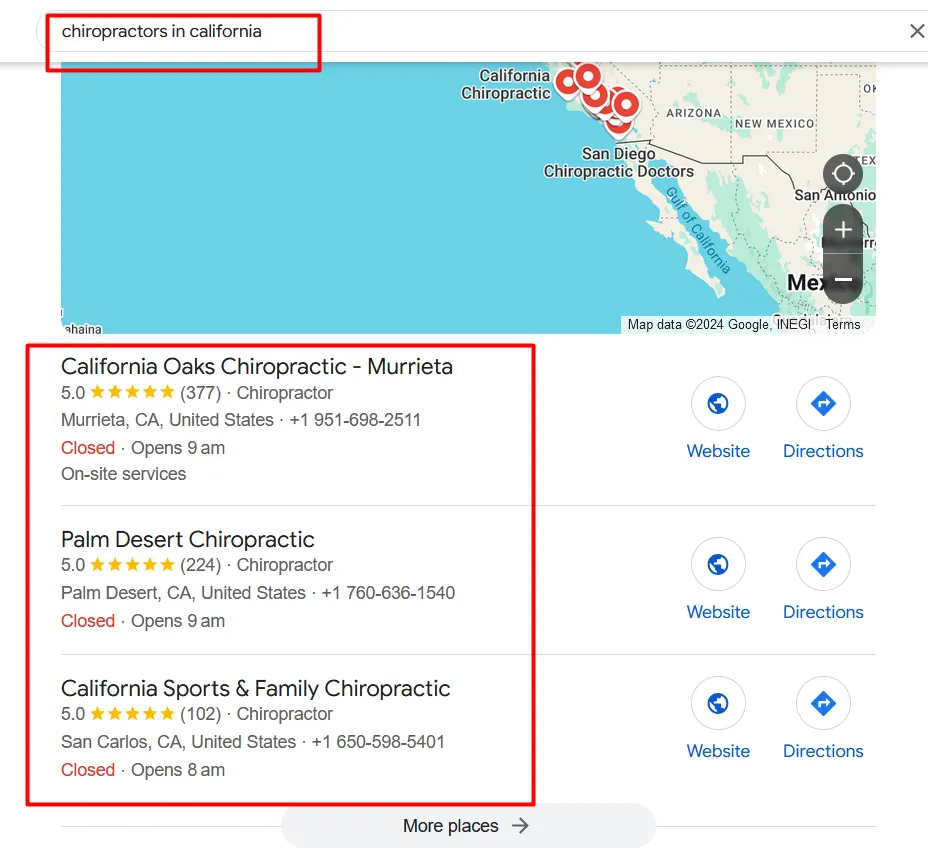
Why it matters: A well-optimized GBP profile can increase your visibility, with businesses that have a complete GBP profile being 2.7 times more likely to be considered reputable.
Here’s how you can optimize your profile:

Your Google Business Profile plays a major role in local SEO for therapists. It’s one of the first things people see when they search for massage services in your area.
Off-page SEO is about building local citations and backlinks to boost your local rankings.
If your practice operates in multiple cities or neighborhoods, creating location-based service pages is a must.
Creating location-specific pages ensures that search engines understand the geographic areas you serve and helps you rank higher for location-based queries.
Client reviews play a major role in your local SEO performance. 76% of consumers read online reviews when purchasing from local businesses. Here's how to make the most of them:
What to do:
Client video testimonials are an excellent way to build trust with potential clients. When people see real clients talking about the benefits of your services, they’re more likely to trust you.
How to use them:
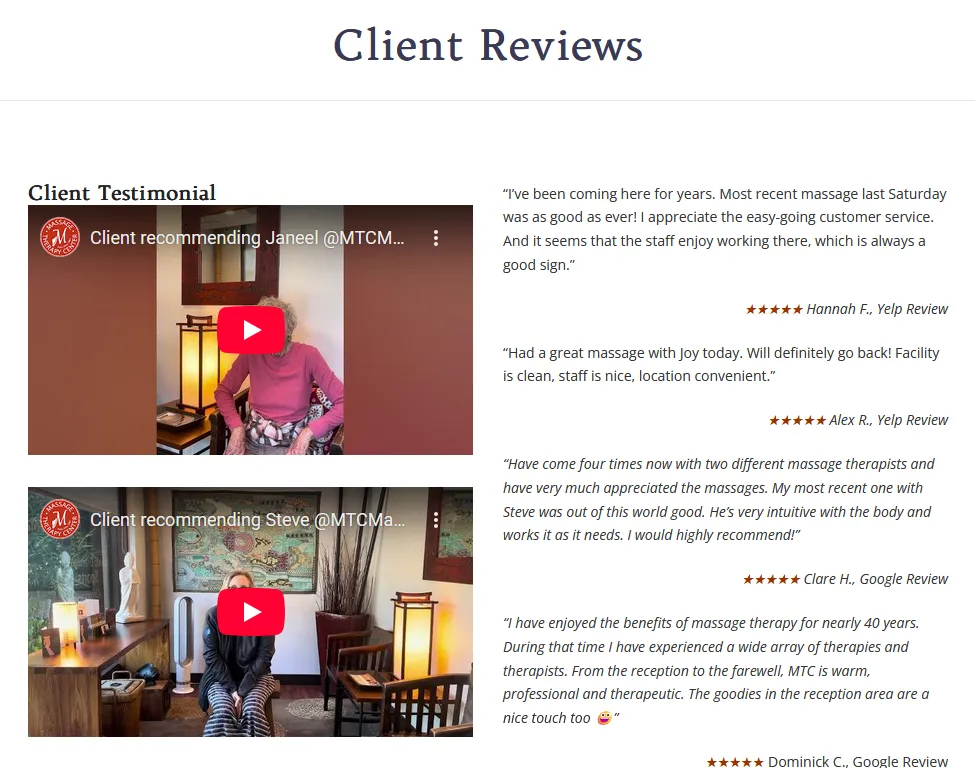
These videos aren’t just helpful for potential clients. They show Google that you’re real, local, and trusted, a key part of massage therapist SEO.
Today, most people search for services using their smartphones. If your website isn’t optimized for mobile, you could be missing out on potential clients. To ensure your practice stays competitive, it’s essential to provide a seamless mobile experience for your visitors.
Google also prioritizes mobile friendly websites in search rankings, meaning a well-optimized site can improve your local SEO and visibility.
To optimize for voice search:
With a user-friendly, mobile-optimized website, you also need a solution to manage your practice efficiently. Noterro, a comprehensive practice management software, integrates seamlessly with your mobile-friendly site.
.webp)
Don’t worry if you don’t yet have a fully integrated website or app. Noterro offers a web app and online booking functionality, enabling patients to book their appointments directly from any mobile device, streamlining the scheduling process while enhancing the client experience.
Schema markup is a small bit of code that helps Google understand what your website is about. It makes your site eligible for extra features in search results like star ratings, clinic hours, and service details. This is one of those steps that often gets skipped, but it can really help your practice stand out.
This can boost your visibility by increasing the chances of appearing in rich snippets, which typically leads to a 30% higher click-through rate. These snippets, with star ratings, business hours, and more, make your practice stand out and attract more visitors.
For massage therapists, here’s what to include:
You don’t need to code it yourself. Website builders like Wix, WordPress, and Squarespace often have plugins that make it easy.
It may take a few minutes to set up, but the boost in visibility is worth it.
Here’s an example of what a local SEO schema markup for a massage therapy business looks like:
{
"@context": "https://schema.org",
"@type": "LocalBusiness",
"@id": "https://example.com/#business",
"name": "Serenity Massage",
"url": "https://example.com",
"image": "https://example.com/logo.png",
"telephone": "+15551234567",
"priceRange": "$$",
"address": {
"@type": "PostalAddress",
"streetAddress": "123 Main Street",
"addressLocality": "Anytown",
"addressRegion": "CA",
"postalCode": "91234",
"addressCountry": "US"
},
"geo": {
"@type": "GeoCoordinates",
"latitude": 34.0522,
"longitude": -118.2437
},
"openingHoursSpecification": [
{
"@type": "OpeningHoursSpecification",
"dayOfWeek": ["Monday","Tuesday","Wednesday","Thursday","Friday"],
"opens": "09:00",
"closes": "17:00"
},
{
"@type": "OpeningHoursSpecification",
"dayOfWeek": "Saturday",
"opens": "10:00",
"closes": "14:00"
}
],
"sameAs": [
"https://www.facebook.com/serenitymassage",
"https://www.instagram.com/serenitymassage"
]
}
Your social media doesn’t just help you stay in touch with clients. It also helps more local people discover you.
When you use location-specific hashtags, your posts can show up for people nearby who are looking for massage services.
Why Local Hashtags Matter
Say someone searches #MassageInAustin or #WellnessToronto, they’ll see posts from businesses using those hashtags, including yours.
Best Practices for Using Local Hashtags
This helps your name pop up in the places people are already looking. You don’t need a big following, just the right people seeing your content at the right time.
Collaborating with local influencers and businesses is a highly effective way to increase your reach and improve your SEO. Local partnerships not only expand your brand’s visibility but also provide valuable backlinks for your website, which are crucial for off-page SEO.
When you work with a local influencer or business, they often link to your website, signaling to Google that you are a trusted part of your community. These backlinks can help improve your local search rankings
To collaborate effectively:
Even a few of these collaborations can help grow your reach and bring in new clients, without spending money on ads.
Blogging is a key part of local SEO. Regularly posting content focused on your local community helps establish your expertise and drive organic traffic.
By targeting local keywords like “massage therapy for [City] residents” or “best prenatal massage in [Neighborhood],” you increase your visibility in local searches and connect with potential clients. Here’s an example:
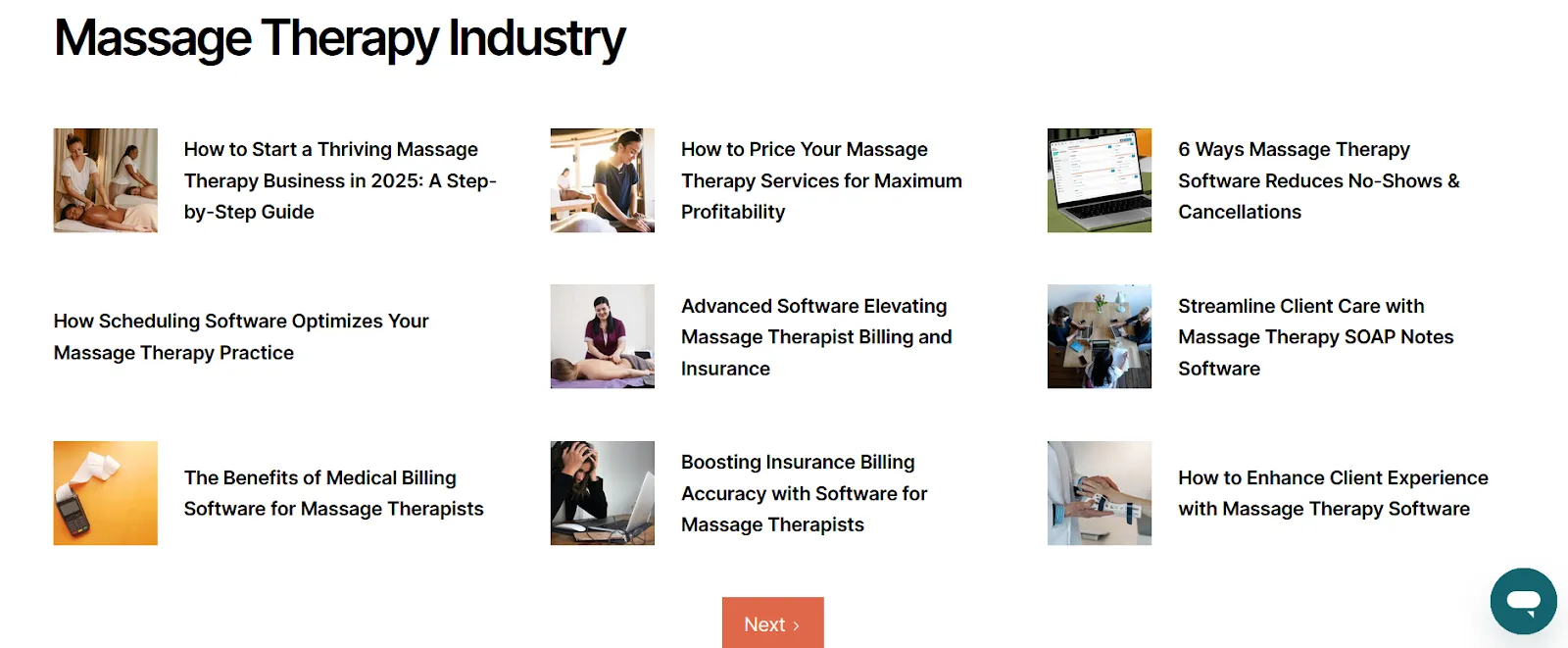
You don’t need to write every week. Even one or two focused blog posts a month can help build your visibility and give Google more reasons to rank your site higher.
Videos help clients get to know you before they book. They also increase how long someone stays on your site, which is a ranking factor for search engines.
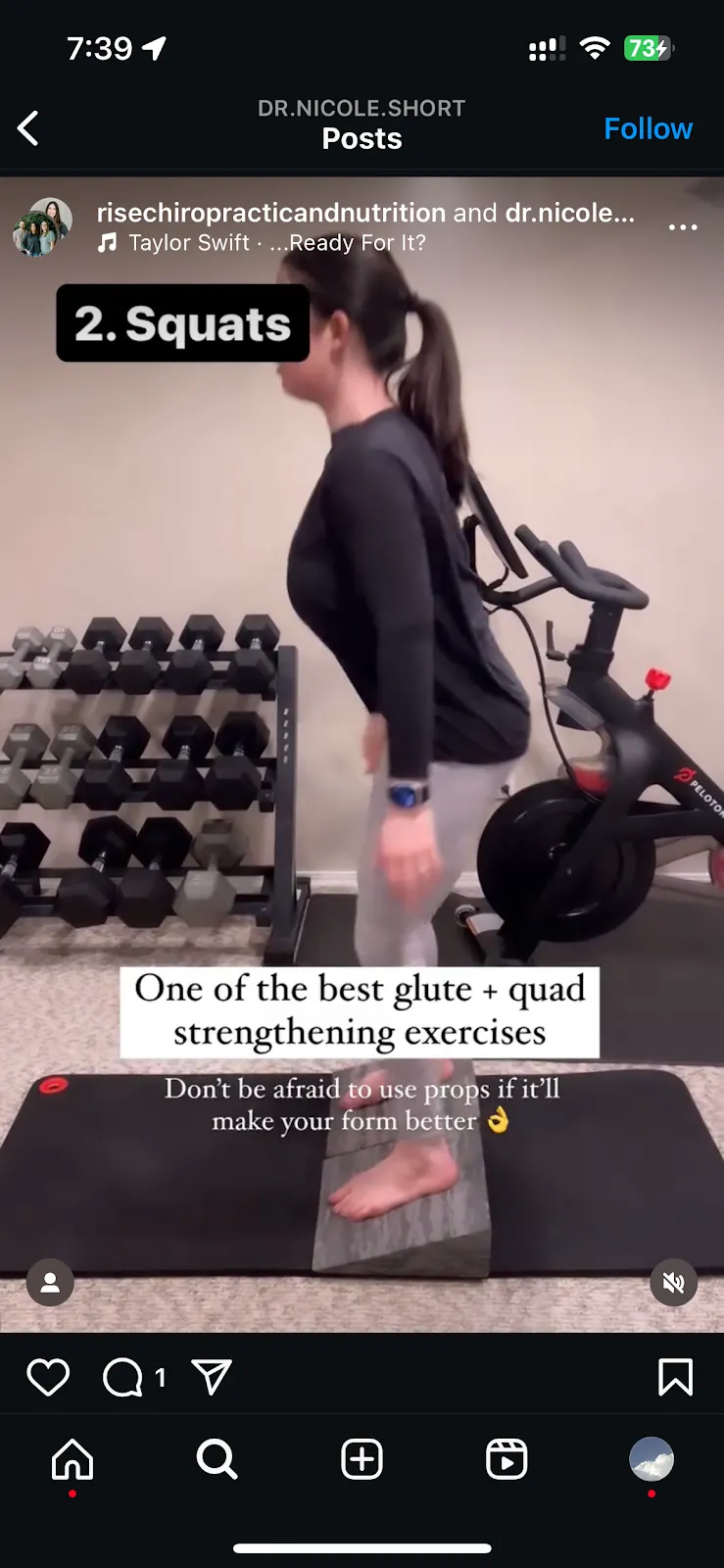
Videos are more likely to be shared and engage users, which are key ranking factors for search engines.
So, why does video content work for local SEO?
If you are looking to create and optimize videos for SEO:
Video helps people feel more comfortable booking with you. They’ve already seen you, heard your voice, and trust you before they even show up.
Getting involved in local online groups helps more people in your area find you. It also improves your visibility on Google, which is key to massage therapist SEO.
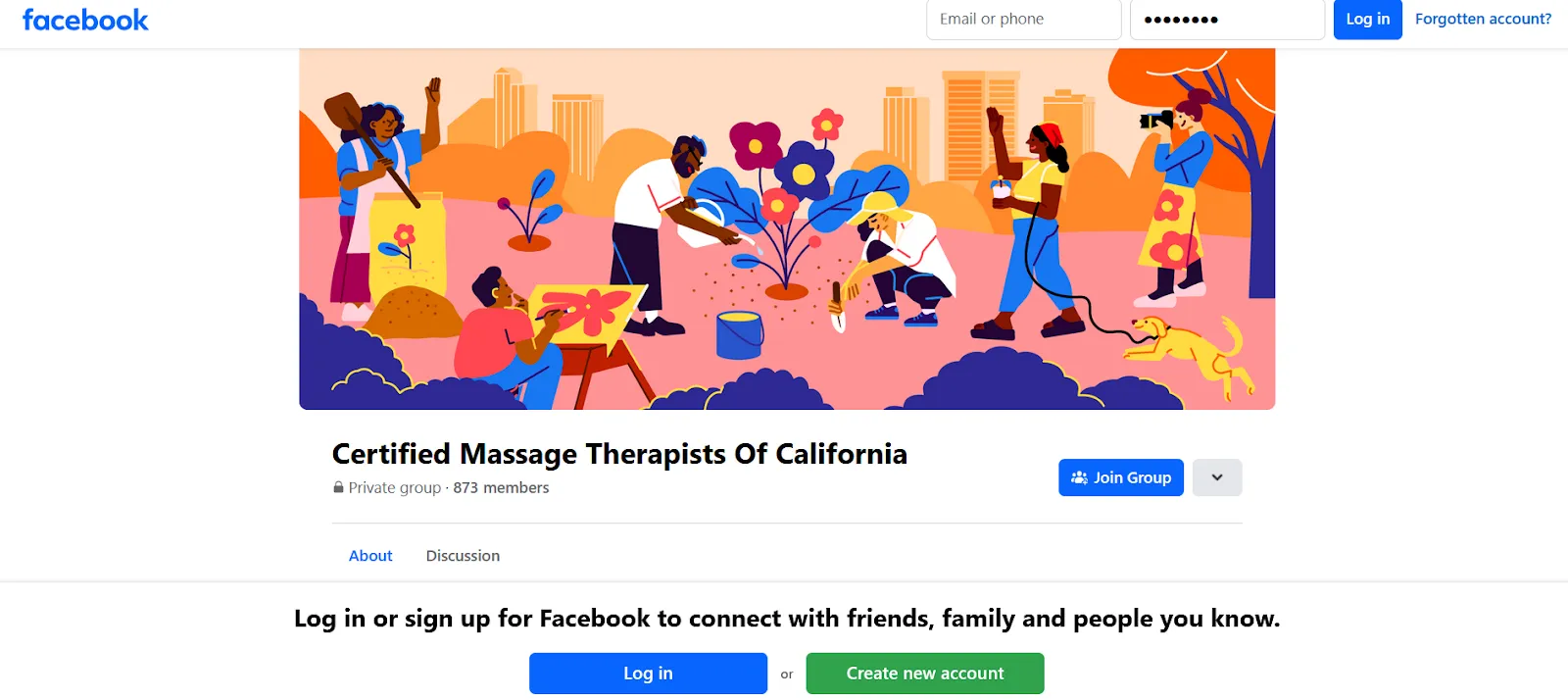
When you show up and help others in local groups, you build trust. People remember you. Search engines notice, too.
This kind of activity also creates backlinks. If someone links to your website after you post something helpful, that link boosts your site’s authority. That’s one of the small but powerful pieces in SEO for massage therapists.
Start with Facebook or Reddit. Join local wellness, fitness, or community groups. You’ll see questions like “Which massage helps with back pain?” or “Is deep tissue good for stress?”
Answer them simply. If it fits, include a link to your website. Don’t try to sell, just be helpful.
More people will see your name and associate it with good advice. That trust can turn into bookings. It also signals to search engines that your site is worth ranking locally. For anyone working on local SEO for therapists, this is a strong, low-effort tactic that adds up over time.
According to BrightLocal, 76% of people who search for local businesses visit one within 24 hours.
It’s essential to regularly monitor your SEO performance to see what’s working and where you need to improve. Google Analytics provides valuable insights into your website’s traffic, helping you make data-driven decisions to improve your SEO strategy.
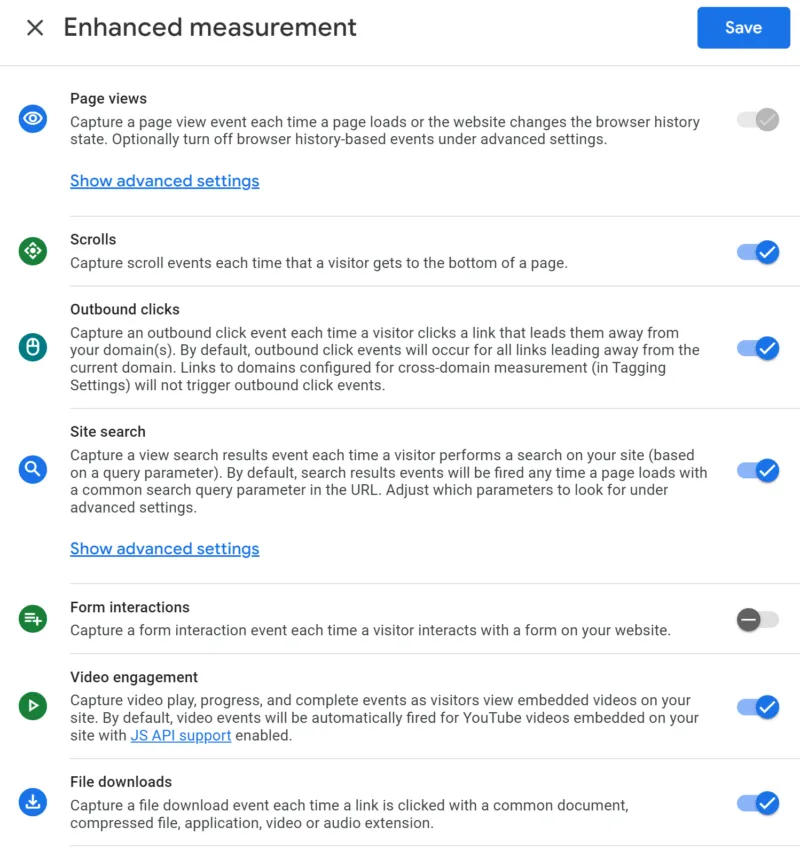
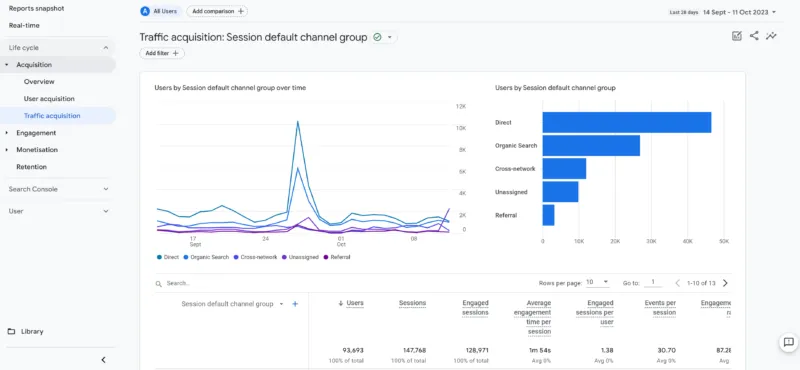
Tracking your local SEO performance helps you refine your approach and stay ahead of the competition.
To fully optimize your local SEO, you need to track your rankings regularly. Tools like BrightLocal, Moz Local, and SEMrush can provide you with detailed reports on your local rankings, citations, and backlinks.
To stay competitive, you need to know where you show up in search results. SEO tools make this easy and are essential for anyone serious about massage therapist SEO.
Key Tools for Tracking SEO Performance
These tools help you stay on top of your SEO performance, so you can adjust your strategy as needed.
You don’t need to do everything at once. But if you start showing up in local groups, track what’s working in GA4, and watch your rankings, you’ll start to see results.
That’s the foundation of good massage therapist SEO. It’s not about fancy tricks. It’s about doing a few small things consistently.
With tools like Noterro, you can streamline your appointment booking, billing, and client management, leaving you with more time to focus on improving your SEO and taking care of your clients. Start implementing these strategies today, and watch your local SEO and business thrive!
Local SEO can take 3 to 6 months to show noticeable results, depending on your competition and the effort put into optimizing your site, GMB profile, and backlinks.
Yes, local SEO is essential for mobile massage therapy. It helps ensure your practice shows up when clients search for services in your area, increasing visibility and bookings.
You can rank for multiple services in the same location by creating specific, optimized service pages for each one. This allows you to target various local keywords and attract a broader audience.
Paid ads can be helpful for immediate visibility, but if your local SEO is strong, they aren’t strictly necessary. However, ads can complement your SEO efforts to reach a wider audience faster.
Optimize for voice search by targeting conversational keywords, creating FAQ pages, and using natural language in your content. Focus on phrases like “Where can I find a massage therapist near me?
Common mistakes include inconsistent NAP (Name, Address, Phone) across directories, neglecting Google My Business optimization, and not targeting location-specific keywords on service pages.
Tags



